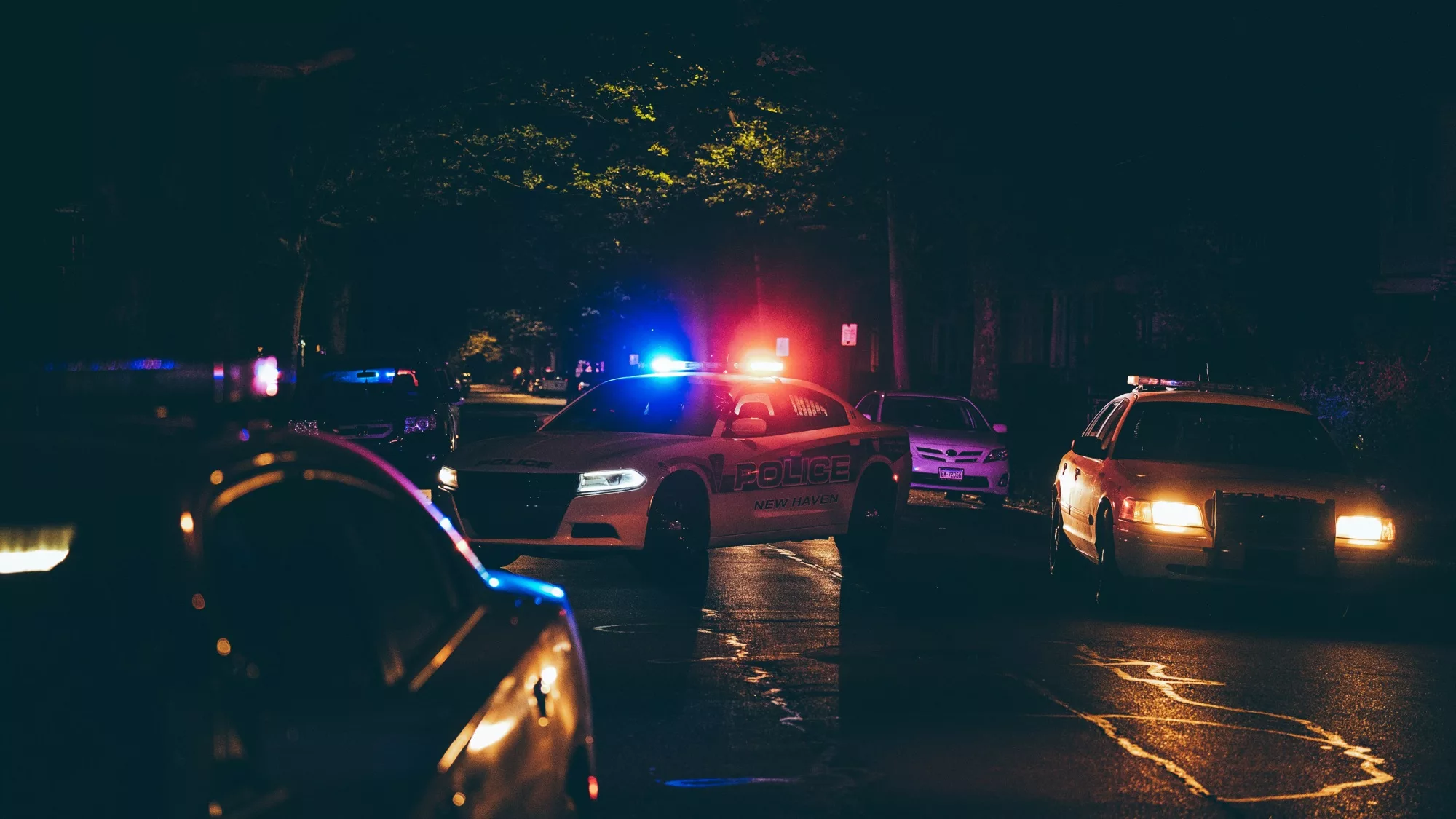In the highly charged debates over race, crime, and justice in the United States, few phrases have been repeated more frequently — and misunderstood more profoundly — than the claim that “13% of the population commits 50% of the crime.” It has become a weaponized talking point, one that shows up in political debates, YouTube comments, podcast rants, and even in policy discussions. The implication is blunt and clear: Black Americans are inherently more criminal than other groups.
But this is a lie — a calculated misuse of data that ignores context, skews reality, and promotes racial bias under the illusion of objectivity. This article will explain where the “13/50” myth comes from, why it’s misleading, and how crime in America is far more about poverty, policing patterns, and systemic inequality than it is about race.
Where Does the “13/50” Claim Come From?
The origin of this infamous statistic lies in the FBI’s Uniform Crime Reporting (UCR) data, which tracks arrests made by law enforcement across the country. In certain years, this data has shown that Black Americans accounted for around 50% of arrests for homicide and robbery — two of the most serious violent crimes. Meanwhile, the U.S. Census Bureau consistently reports that Black Americans make up roughly 13% of the population.
When these two numbers are placed side by side, a convenient — and dangerous — narrative is formed. The problem? It’s not an honest use of the data.
First, this statistic only refers to arrests, not convictions. Second, it cherry-picks specific violent crimes (like murder and robbery), which are a small percentage of total criminal activity. And third, it completely ignores critical factors like over-policing, racial profiling, poverty, and disparities in law enforcement.
Arrests Do Not Equal Crimes Committed
Let’s get one fact straight: an arrest is not proof of guilt. People are arrested based on suspicion, not certainty. Many are later released without charges. Others are found not guilty in court. Still more are wrongfully convicted, especially in communities with limited legal representation.
Even the FBI warns against misusing its own data. According to the FBI’s UCR program:
“Arrest statistics do not reflect the number of individuals who are actually guilty of committing a crime.”
Arrest data also excludes the vast number of crimes that go unreported or unsolved. According to the Bureau of Justice Statistics, in 2022, only 45% of violent crimes and 32% of property crimes were reported to police. And only a fraction of those result in arrests.
So when someone cites a stat like “13% commit 50% of the crime,” they’re relying on arrest data skewed by unequal policing, not a reliable measure of actual crime by race.
The Role of Over-Policing in Black Communities
Black neighborhoods are often subject to more aggressive policing than white ones — a pattern that dates back to the War on Drugs and even earlier to Jim Crow-era patrols. This leads to higher arrest rates, not necessarily higher crime rates.
For example, the ACLU’s 2020 report found that Black Americans are 3.6 times more likely to be arrested for marijuana possession than white Americans, even though both groups use marijuana at nearly identical rates.
Similar patterns exist for traffic stops, stop-and-frisk encounters, and public order offenses. According to the Stanford Open Policing Project, police are significantly more likely to search Black drivers during traffic stops — even though searches of white drivers are more likely to result in the discovery of illegal items.
In short, Black Americans are policed more heavily, and so they appear in arrest data more frequently. This is not evidence of more criminal behavior — it is evidence of biased enforcement.
White Americans Commit the Majority of Crime
This part is almost always left out of conversations that include the 13/50 claim. If you look at all arrests across all crime categories, white Americans are the largest group of offenders.
According to the FBI’s Crime in the United States 2019 report:
- White Americans accounted for 69.4% of total arrests.
- Black Americans accounted for 26.6%.
That includes drug offenses, theft, burglary, fraud, DUI, and many other crimes. Why is this data ignored? Because it doesn’t support the fear-driven narrative often associated with “13/50.” The truth is, the majority of crime — in absolute terms — is committed by white Americans.
Most Crime Is Intraracial — Not Interracial
A related misconception is that Black people are disproportionately victimizing white people. This is false. Crime tends to be intraracial — meaning it occurs within the same racial group.
The Bureau of Justice Statistics’ National Crime Victimization Survey shows:
- 80% of white victims were harmed by white offenders
- 88–90% of Black victims were harmed by Black offenders
This is not surprising. People tend to commit crimes against those they live near, and due to the United States’ history of housing segregation, communities remain largely divided along racial lines. The idea that Black Americans pose a special threat to white Americans is a racist myth, unsupported by data.
Violent Crime Is a Small Portion of Total Crime
The “13/50” stat relies on a narrow slice of crime: violent offenses, especially murder and robbery. But these represent only a small percentage of all criminal acts.
According to the FBI’s 2022 national data:
- There were around 700,000 violent crimes
- There were over 6 million property crimes
- The majority of arrests were for non-violent offenses, including drug violations and theft
So why the obsession with violent crime? Because it’s easier to stoke fear with stories of homicide than it is with reports of wage theft, tax fraud, or embezzlement — crimes that cause more financial harm, yet receive far less media and political attention.
The Cost of Ignoring White-Collar Crime
When discussing crime, few mention white-collar offenses, even though they cost society far more than street crime.
According to the FBI, white-collar crimes like fraud, embezzlement, identity theft, and corporate violations cost the U.S. economy over $300 billion per year. Meanwhile, the combined total for property crimes (like burglary or larceny) is around $16 billion annually.
Who commits most white-collar crime? Wealthy, predominantly white individuals in positions of power. Yet they’re rarely arrested, let alone prosecuted or imprisoned.
This imbalance reveals the selective nature of how America defines and enforces “crime.”
Poverty — Not Race — Is the Real Driver of Crime
Extensive sociological and criminological research shows that economic conditions, not race, are the primary factors driving crime.
A 2016 Brookings Institution report confirmed that communities with high levels of poverty and income inequality experience the highest rates of violent crime. A 2020 Urban Institute study found similar results, showing that low-income white neighborhoods often have more crime than wealthier Black neighborhoods.
If Black Americans are overrepresented in certain crime categories, it’s not because of inherent criminality. It’s because they are more likely to live in disadvantaged areas, which were created by centuries of segregation, redlining, discriminatory lending practices, and mass incarceration.
Crime is a symptom of structural inequality — not a racial trait.
Black Americans Are Overrepresented in Wrongful Convictions
The misuse of arrest data also ignores the reality of wrongful convictions — which disproportionately affect Black Americans.
According to the National Registry of Exonerations:
- Black Americans make up 53% of all exonerations, despite being just 13% of the population.
- In murder cases, Black Americans are seven times more likely to be wrongly convicted than white Americans.
This indicates a deep bias within the justice system — not only in policing, but in prosecution, sentencing, and appeals. A system that routinely convicts innocent people cannot be trusted to accurately reflect who is committing crime.
Why the “13/50” Statistic Persists
Despite all the nuance and data that disproves it, the “13/50” claim continues to circulate. Why? Because it’s useful.
This statistic is used to:
- Justify racial profiling
- Defend police brutality
- Oppose criminal justice reform
- Stoke white fear and resentment
- Spread white nationalist ideology under the guise of data
It gives people a way to appear objective while expressing racist beliefs. It turns systemic failure into personal blame. It shifts attention away from inequality, poverty, and injustice — and points the finger at those most harmed by them.
What We Should Really Be Talking About
If we truly want to reduce crime and build safer communities, we must abandon racial scapegoating and focus on root causes:
- Address poverty and unemployment
- Invest in education and mental health
- End mass incarceration
- Rebuild communities affected by disinvestment
- Reform policing and prosecution policies
These are proven solutions supported by decades of research — unlike the 13/50 myth, which offers nothing but division and distrust.
Conclusion: A Misused Statistic That Harms Everyone
The idea that “13% of the population commits 50% of the crime” is not a neutral observation. It’s not a meaningful statistic. It’s a distortion — a racialized misreading of arrest data that ignores poverty, policing patterns, and systemic inequality.
Black Americans don’t commit more crime because they’re Black. They appear more in arrest data because they are overpoliced, underprotected, and routinely failed by institutions that were never designed to serve them fairly.
When you hear someone repeat this talking point, remember: it’s not a fact — it’s a falsehood dressed in numbers. And like all good lies, it only works if people don’t ask questions.
It’s time we start asking better questions — and demanding better answers.




